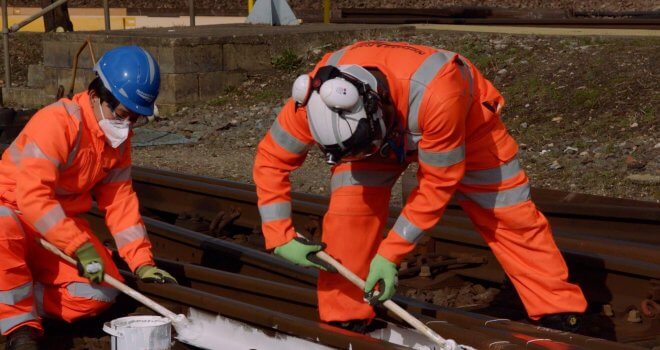Construction Workers Claimed Over 10 billion In Covid Grants

The construction industry was hit hard by the coronavirus pandemic and the resulting restrictions on work, despite the fact that it was one of the few industries allowed to continue when there was a need.
According to official figures from HMRC, individuals working in the construction industry claimed approximately £10.36 billion from the Self -Employment Income Support Scheme set up by the government in March 2021.
This figure means that the construction industry was the highest claiming sector, with nearly six times as much money awarded to construction workers than those in the transportation and storage sector, which was the next highest claiming as of June 2021.
Claimants working in the construction industry have been awarded over 40 percent of the £25.25bn as of the time of writing. This high level of claiming is largely down to the high number of self-employed individuals working in the construction industry, who would not have been eligible for furlough schemes that other employees in other sectors may have been able to take advantage of.
Although many people may look upon these awards, given to out of work construction employees, many critics have positioned that the handouts may have deterred self-employed construction workers from getting out there and looking for new jobs, which may have lead to a shortage of labour and too few people to lay concrete slabs or re-tile, roofs, amongst other things.
Speaking on the issue, the head of Lignum Group recruitment services, Nathan Raven disputed thighs saying that the SWEISS grants were not thought to be a significant cause of labour shortages in the construction industry.
He does not believe that high-skilled construction roles were really affected because highly-skilled workers can command around £200 per day, and they would not be bringing in nearly that amount in self-employment grant schemes, which would, at best, give them 60 percent of their usual income.
He does, however, believe that the same grants could be causing somewhat of a shortage at lower levels of the construction industry.
However, he is more inclined to believe that other factors, such as Brexit, and the lack of labour available from Eastern Europe and other places within the European Union are more likely to have an impact on the construction industry than anything else.
Brexit
Many European workers have upped sticks and either went home to work or have travelled to other places within the EU, which means a distinct lack of labour is now available in the UK.
Many of these men are not likely to come back once Brexit issues and the pandemic have been solved, which will leave the industry with skills shortages, potentially for many years to come.
In fact, in May, according to the Office of National Statistics, construction industry vacancies reached a 20 year high. This is bad news when you consider the fact that there are housing shortages in many areas of the UK – we are going to need all of the construction industry professionals we can find to deal with that problem and ensure that there are enough homes for everyone who requires one.
As of now, there have been four separate instalments of the SEISS scheme, and applications for a fifth will open at the end of July. There is no denying that the scheme has been of vital importance for self-employed people in the construction industry and in fact various other freelance industries, or that it has helped people to stay afloat in what has been a difficult time.
So, although many people believe that it may be contributing to a shortage of workers at the lower-end of the construction industry, there is also no denying that it has been an important contribution to the economy and the individual.
Furlough
Those construction workers who were actually employed have also, in many instances benefitted from government cash in the form of furlough. However, the latest figures show that the number of construction employees on furlough has fallen to just 139,200 as of the end of may, which means since October last year, we are seeing the lowest number of claimants ever, which means things might be looking up, and we may be seeing more people getting back into work, although there is still undeniably a shortage of construction workers.
Apprenticeships
One thing that could help in the long-term is increasing the number of apprenticeships available in the construction industry in the UK, but with the average length of construction apprenticeships being two years, this may take some time to bear fruits. Not only that, but it will not help, in the short term, with access to highly skilled construction industry experts.
However, investing in these kinds of apprenticeships will help to secure the future of the industry, so it is definitely something construction industry bodies should definitely be lobbying the government on.
Foreign workers
Something else that may help the construction industry to better bounce back and fill any shortage gaps is to mak it easier for more foreign nationals to be allowed into the country if they have the skills to fill any gaps in the construction industry. This is, in fact, something that could help people in a range of other industries, including farming too.
Since Brexit, many skilled workers have chosen or been forced, to leave the country and this has hit a number of sectors hard, which is why it might just be time for the government to think about making a few changes to who is and is not able to get a working visa for the country.
As furlough and self-employment grants wind down, it remains to see how well individuals, including those in the construction sector, bounce back, but with property sales still being high, and demand for new homes still being significant, it is highly likely that the construction industry will do far better than many others providing they can get access to the skills they need, and that those self-employed workers on SEISS get back into the swing of things ASAP.




